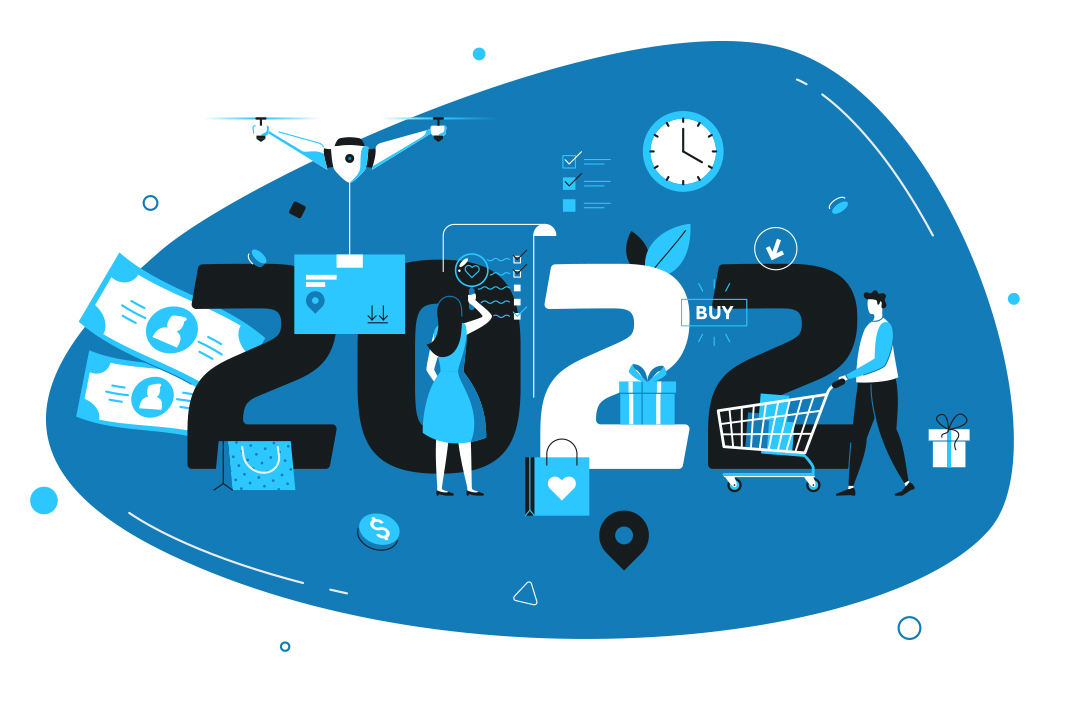As we peer into 2022 with a lot of pandemic baggage there is a lot to be left behind. I believe we would be well served to focus on these four key events to anticipate in the year ahead.
The Price Better Be Right. After two years of chaos and disruption, year three of the pandemic (and the last, we hope) is forecasted by experts to start with a post-holiday hangover. Given the confluence of current events, a recession seems inevitable.
Pricing will become a top management preoccupation.
The new year begins with consumer sentiment in the dumps, at a ten-year low, according to a recent University of Michigan report. Inflation is hitting where it hurts most — gas, housing, and food. There are plenty of jobs but the 2020 savings and home equity bonanza has been played out. The lion’s share of those “excess savings” has been spent, according to a fresh report from the JPMorgan Chase Institute.
Just as demand is expected to wither, there’s a looming glut of late-arriving seasonal goods creating a huge inventory bubble.
Come January and February, when retailers begin reporting fourth quarter results that are expected to be bullish, many companies that benefitted from inventories kept lean by supply-chain issues will instead be running aggressive promotions and swimming in red ink.
As a bellwether, Wall Street appears to be anticipating just such a downturn. The S&P Retail Stock index doubled in just the 20 months between the start of the pandemic in March 2020 and this past Thanksgiving. But upon reporting better-than-expected third quarter results, shares of big-box chains fell and the index slid 10 percent from an all-time high. A selloff on good news is often seen as a sign that investors think it’s time to take their profits and run.
Shopping Goes Seamless.
Forget bricks versus bytes. “The pandemic advanced us 10 years in the e-commerce business model,” Bret Jordan, president of the northwest region for retail real estate developer Ryan Companies, recently told the Wall Street Journal. “We’re trying to respond to conditions that we were expecting to show up in 2030.”
So, industry has finally begun to catch up to Amazon as online marketers and, in the process, discovered how to leverage the advantages of stores for transactions that begin online — click-and-collect. Amazon will get you that folding table you need by tomorrow, but in two hours Target will have it ready to bring out to you in their parking lot, where an associate will put it in your trunk.
And what about those predictions over the years that Amazon was eventually going to destroy the traditional retail ecosystem?
“The battle between e-commerce and the conventional store is over,” says Adam Ifshin, CEO of DLC Management, owner and operator of shopping centers. “And the store has won.”
As evidence, Ifshin points out that Amazon has been building a portfolio of specialty stores in the grocery and consumer products sectors.
Says Ifshin, “There's been only one company in e-commerce that matters, and it's Amazon. And what are they doing? They are trying to become Walmart.”
Customer Experience becomes a (if not THE) KEY Strategic Initiative in 2022.
An imperative for the new year will be to leverage technology and customer research to create an experience that is as frictionless as possible — from the online experience (streamlined checkout) to so-called “walk-out” stores like Amazon’s Go grocery chain that has no cashiers.
“The past year has prompted impatience for customers,” says Ruth Crowley, vice president of merchandise and brand strategy for the Hudson Group, owner and operator of airport kiosks. She recently told the trade journal Retail Leader, “Customer experience is not an initiative but part of a strategic solution, and it's even more important than ever as customers have more options and less patience. If we do not provide a seamless and time-sensitive solution, they will opt out.”
Marketing is part of the customer experience and all of it together is known as the omnichannel approach. That includes collaborations, like Amazon’s arrangement with Kohl’s to handle returns and to carry some Amazon merchandise. Such arrangements will proliferate in the coming year.
Even marketing techniques thought to have been rendered pointless by online shopping are in the omnichannel mix. In October, Sam’s Club mailed out its first-ever printed holiday catalog. Lowe's published a seasonal “toy" catalog aimed at its professional customer base.
In some ways it is back to the future…but different.

















